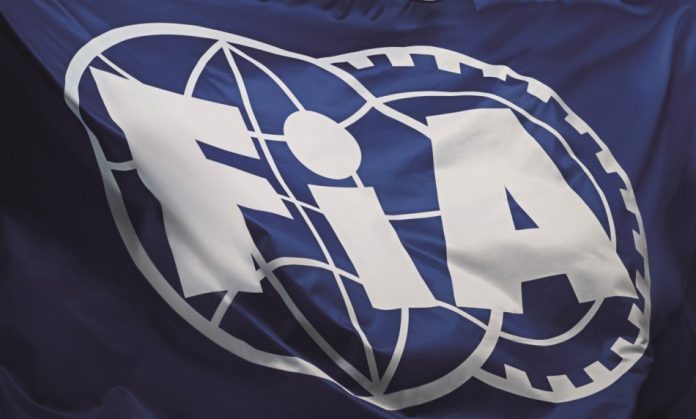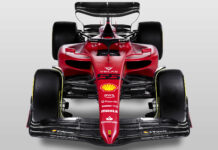Another set of regulation changes has been approved by World Motorsport Council in a continuous effort by Formula 1 teams and FIA to safeguard the sport and to reduce the costs amid the COVID-19 pandemic.
Previously Formula 1 teams held an e-vote and approved crucial regulation and sporting changes in effort to level the competition in the pinnacle of motorsport and they agreed on a package of cost cutting measures.
The hottest topic as expected was additional lowering of the cost cap, for which Ferrari had a valid opposing argument, fearing for their work force and how such a drastic financial reduction will impact the Scuderia if introduced in such a short period. At the end $145 million budget cap starting from 2021 was agreed, with further reduction staged in next years.
In a testing time for all motorsport in general the agreed changes seems as a must measures and they will probably be further reviewed if necessary.
Here is the full summary of them presented by FIA:
Technical Regulations:
- Freezing of a large list of components between 2020 and 2021. The list includes the chassis, gearbox, a number of mechanical components and impact structures. A token system has been devised to permit a very limited number of modifications in accordance to the competitors’ specific needs.
- From 2020, limitations to Power Unit upgrades.
- For 2021, changes to the plan-view trim and simplification of the floor ahead of the rear tyres in order to moderate the increase of downforce between 2020 and 2021.
- For 2021, minimum mass increase to 749kg.
Sporting Regulations:
- For 2020, provisions for “closed” and “open” events and the relevant regulatory structure for each (e.g. personnel at the paddock), depending on whether such events permit spectators.
- For 2020, various updates relating to tyre regulations, with provisions to allow for tyre testing during Free Practice 2 should it be necessary to approve a new tyre specification by Pirelli and the extended use of P140 tyres in the case of a wet Free Practice 1 session.
- For 2020, a reduction in aerodynamic testing (ATR) and the introduction of Power Unit test bench restrictions for cost reasons.
- For 2021, a further reduction in aerodynamic testing, and the introduction of a bias between championship position and ATR limitations. The ATR bias will be linear between P1 and P10.
- For 2022, a number of key specific aspects of the regulations have been set out, including curfews, restricted number components (RNCs), scrutineering, and parc fermé prescriptions. These regulations work as a package together with the 2022 Technical Regulations that were approved by the World Council on 30 March 2020 and will be part of an ongoing review and refinement process throughout 2020 and 2021.
2021 Financial Regulations:
- Reduction of the Cost Cap level to $145M for 2021, $140M for 2022 and $135M for 2023-2025, based on a 21-Competition season.
- The following amendments/additions will be made to the exclusions currently provided for in the Financial Regulations:
- Increase of Year-End Bonus exclusion cap for exceptional sporting results from $10M to $12M and Social Charges for Year-End Bonus.
- Threshold for calculation of exclusion for Social Charges on Salary paid to staff lowered from 15% to 13.8%.
- Costs incurred for staff entertainment (capped at $1M).
- Wellbeing of employees: exclusion of costs incurred for medical programs (e.g. vaccination, eye tests, hearing tests) made available to all relevant employees.
- Sustainability costs incurred for environmental initiatives.
- Maternity/paternity/shared parental/adoption leave, exclusion for Salary costs.
- Sick leave and long term sick leave: exclusion for Salary costs.
- Projects undertaken to assist the FIA.
- Concurrently with these regulation changes, the Notional Values for Transferable Components (TRCs) have been defined by the FIA for 2021, which is of increased importance considering the reduced Cost Cap level. It has been reaffirmed that the concept of the Notional Values (subject to their correct and fair setting), achieves the following:
- Enables smaller teams to avoid the necessity to establish and maintain a capability to design, develop and manufacture the parts that have been designated as TRCs (Transferable Components)
- Prevents project “flipping” (a small team supplying a big one to circumvent the Cost Cap restrictions).
- Enables small teams to make genuine savings.













